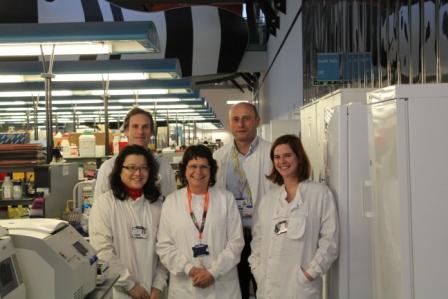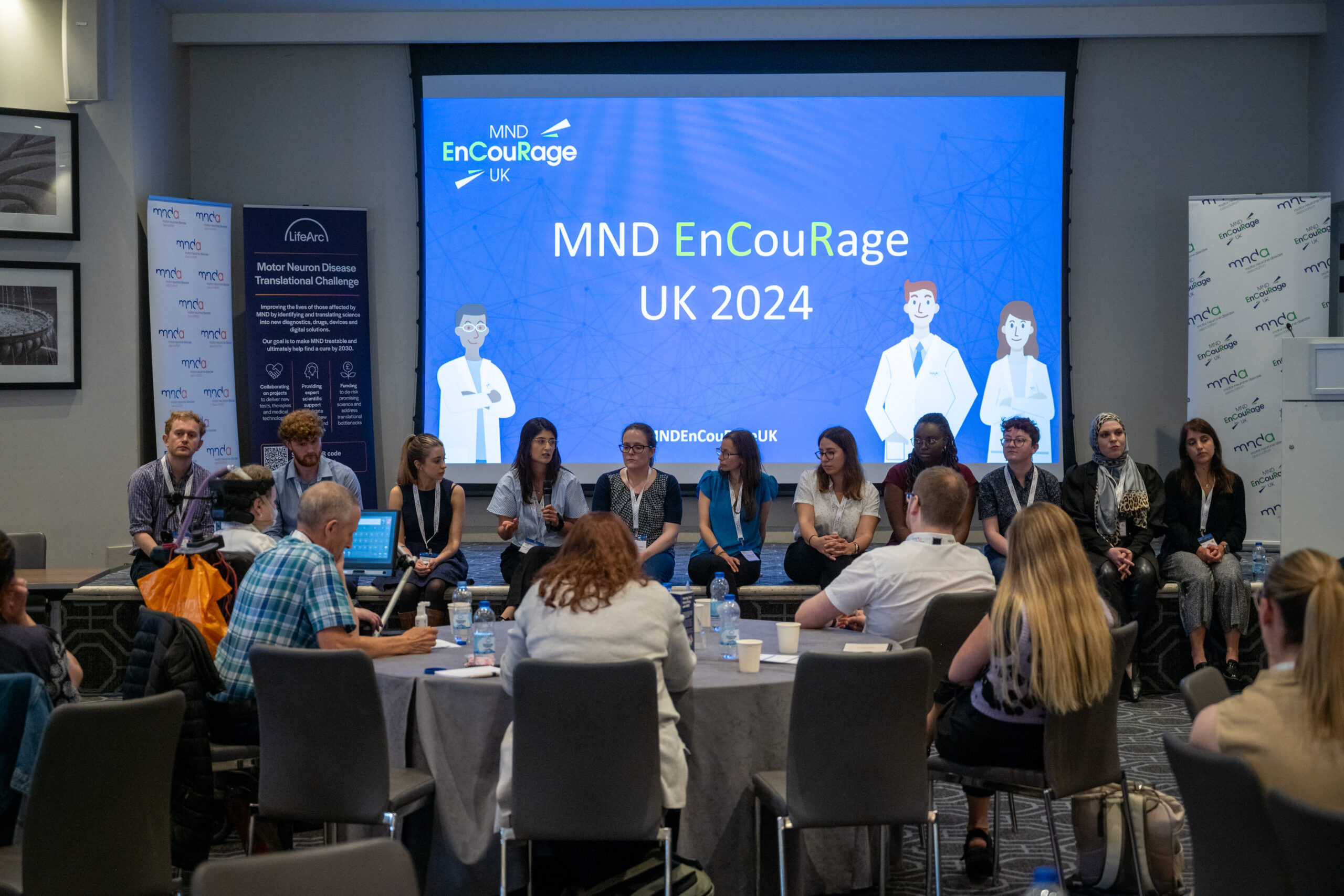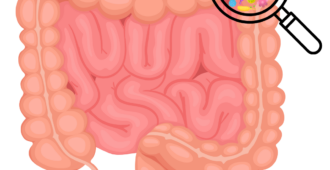Developing a way to rapidly diagnose and track how MND progresses over time is a ‘holy grail’ of MND research. The search for so called ‘biomarkers’ is an area that researchers funded by the MND Association are actively pursuing.
MND Association grantees Dr Andrea Malaspina and Dr Ian Pike (Blizard Institute, Queen Mary University of London) and Prof Linda Greensmith (University College London) are currently working on a project to find these biomarkers (our reference: 871-791). People with MND have been helping the researchers by regularly donating blood and spinal cord fluid samples.

The researchers have teamed up with a biotech company with a track record for developing biomarkers for other conditions. They are using the company’s pioneering method known as ‘TMT-SRM mass spectrometry’ to analyse the samples that have been collected. Their early results suggested that they can use this method to distinguish between those people with MND whose disease progresses faster or slower than average respectively. The studies in this project will refine the method and confirm these early, preliminary findings.
This research project began in October 2013, and below we explain their progress so far.
Fine tuning the methods
An important part of this research project has been about developing the methods to analyse the samples. One aspect of the method is that it is unbiased. In other words it can detect any chemical that might be at higher or lower levels in people with MND – there are no ‘favourite’ chemicals that have been picked to look at before the analysis began.
The researchers have also ensured that the method gives a consistent read out – they know that it will work for blood samples and it will also work for cerebrospinal fluid (CSF) samples. (CSF samples are obtained from people having a lumbar puncture or spinal tap).
Dr Malaspina is looking at whether proteins present in tissues relevant to MND are also detected in the blood of people with MND. In other words, is what we see in blood representative of what’s happening to motor neurons affected by MND? If it is, it will be practical on a day to day level – it is much easier to take a blood sample than for example a sample from a lumbar puncture.
A true measure
Using a small number of samples, they have been able to show that their idea and their approach is likely to work. The analysis can spot the samples from people with MND from those from healthy ‘control’ participants. They’ve also been able to separate the samples from different people at different stages of disease progression: those characterized as having a ‘fast’ or ‘slow’ rate of progression. The third comparison that they’ve been able to do is to separate samples from the same person, where the samples have been taken three months apart.
Analysis of a much larger numbers of patient samples to confirm that it is possible to make these comparisons is underway.
Please follow this link if you are interested in donating samples for this research project www.mndassociation.org/alsbiomarkerstudy.
We are grateful for the support of the Garfield Weston Foundation in funding this project.
Throughout June 2016 MND Awareness Month will be highlighting the rapid progression of the disease in its powerful Shortened Stories campaign, sharing the experiences of people currently living with MND, or who have lost loved ones to the disease, through art, poetry and film.





